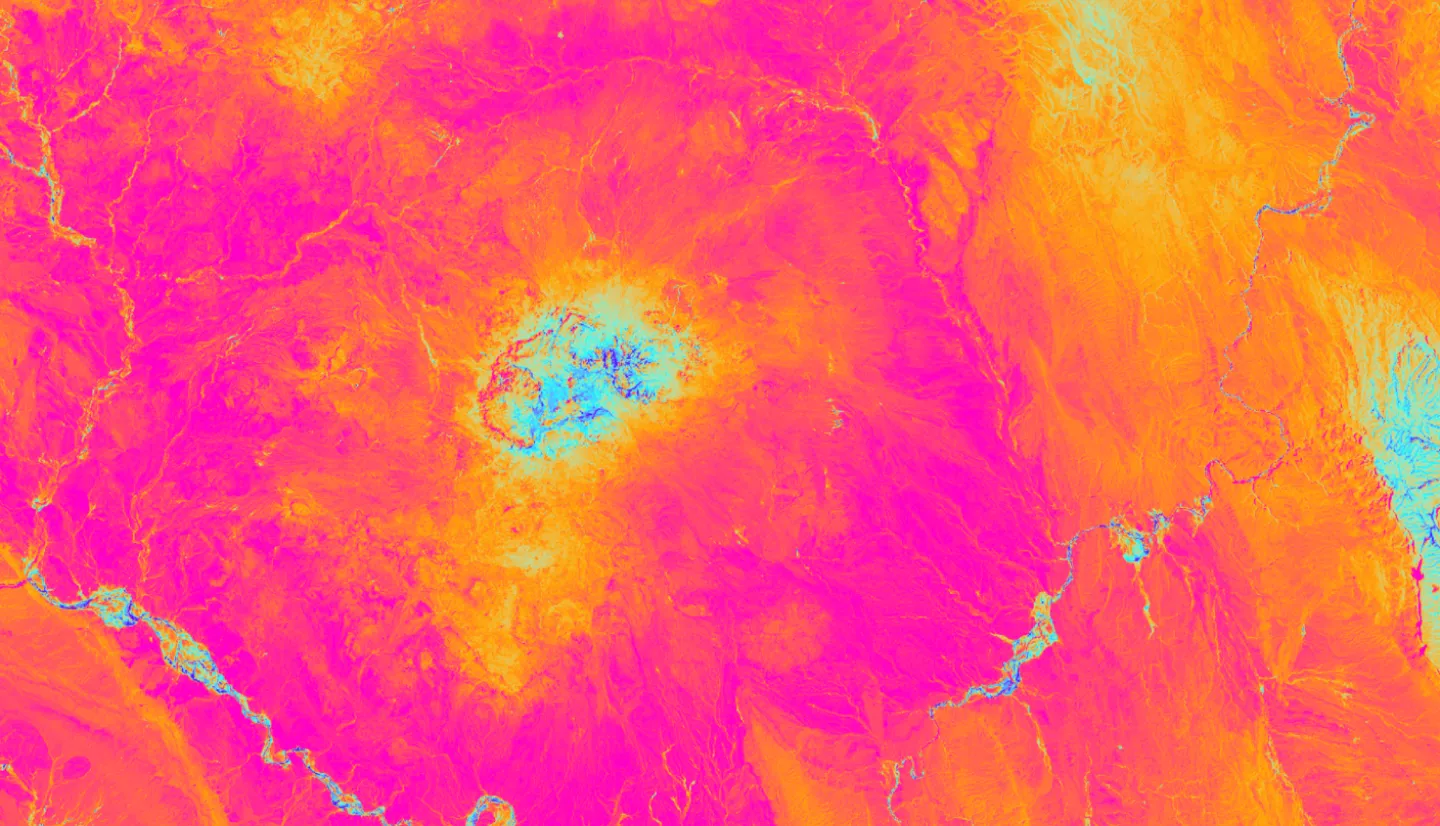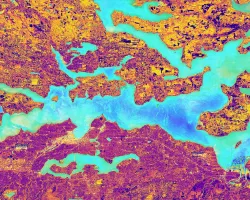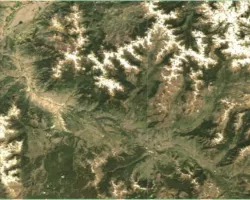Big bend ecological conservation (2024 Spring)
Team: Kait Lemon (Project Lead), Margaret Birks, Beck De Fazio, Chloe A Marini
Summary: Located in Brewster County Texas, U.S., along the Texas-Mexico border, Big Bend National Park is 3,243 square kilometers of desert, mountains, and rivers. NASA’s MSFC Spring 2024 DEVELOP Team partnered with the National Park Service (NPS), to address the environmental concern of perineal invasive grasses in Big Bend National Park. Buffelgrass (Cenchrus ciliaris), introduced to the park in the 1940’s, poses an ongoing threat, and causes habitat destruction for many of the park’s native ecosystems. Buffelgrass amplifies fire risk in the park, aids in the destruction of historic structures, and alters stream channels. To address the rising concern of Buffelgrass presence, unique advanced spatial data methods were applied to construct a habitat suitability model and perform a comprehensive fire risk assessment. A habitat suitability model was developed considering climate, vegetation, and phenological variables, in addition to physical and topographical variables. Subsequently, a fire risk model was developed, taking into account fire history data, accessibility factors, climate trends and predictions, along with developed areas. Multi-Source Land Surface Phenology (LSP) Sentinel-2 and Landsat 8 Operational Land Imager (OLI) imagery were used to predict Buffelgrass hotspot locations throughout the park. These analyses allowed the identification of optimal Buffelgrass habitat and hotspot locations, as well as park zones that reflect the greatest risk for future Buffelgrass invasion and fire risk. The collective results of the habitat suitability model, fire risk assessment, and Buffelgrass hot spot identification will allow the NPS to facilitate efficient mitigation measures and management strategies, and improved resource allocation where it’s most needed.



